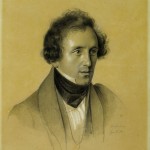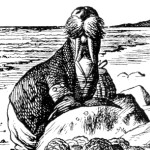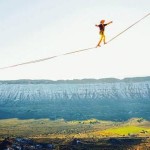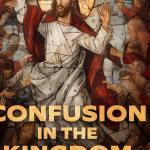Last week, fellow Patheotte Frank “YIMCatholic” Weathers sent me this clip. It is good to have friends who understand one so well.
“A masterpiece of visual storytelling,” indeed. And Mifune is so, so good. (That’s not a remotely revolutionary or revelatory claim, I know. But still…gosh.)
Also, the takeaway is great. “If you like this exercise, try studying any other Kurosawa.” (The 2:35-2:50 section, where the video’s creator gives a quick, back-of-the-envelope way to think about the visual motifs in Seven Samurai, Yojimbo, and Hidden Fortress, is 15 seconds of pure genius, and well worth the price of admission.)
Minutes after I’d finished that film — “Math,” Frank called it — another friend sent me this clip. It is good to have friends who understand one so well.
When the narrator says that our eyes are “constantly switching between the two halves of the screen,” I realized that’s exactly what I was doing. Beady little, shifty little eyes. (Also, I am amazed by people that notice this sort of thing, rather than just doing it. I want to be like them. You know…observant.)
OK, here’s the buried lede. These videos are made by the same person, and are part of a web series called “Every Frame a Painting.”
I’ve created a helpful (and interactive!) flow chart.
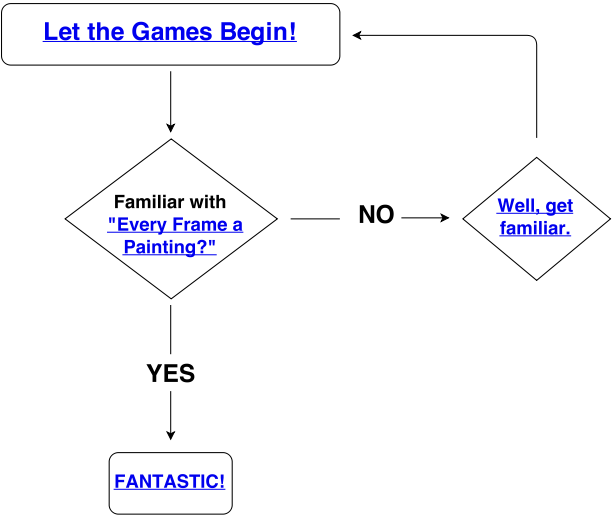
So, the obvious question is “Who’s the guy behind ‘Every Frame a Painting?'” And the answer is “Tony Zhou,” whose describes his creative process thusly:
This word is way overused in San Francisco, but basically I iterate like a madman. First, I watch all the footage and then if something catches my eye I tag it with a keyword. During Michael Bay, I had an actual keyword called “lamp stuff”
Then I start with a skeleton voiceover, sometimes only a minute long. I’ll just start editing, trying out music, whatever, it’s very rough. After I see it, I go back and rewrite, re-record and re-edit.
For shorter videos, like Silence of the Lambs, I might only do 4 or 5 iterations and come up with the final version. Jackie Chan was 7, but they were full 9-minute iterations that took me days to do.
Again, well worth the price of admission.
Oh, which reminds me: Zhou’s stuff is free (more or less). And he’s promised a Tarkovsky-themed installment soon. Perhaps even a Stalker edition. (“Want!” doesn’t even begin to cover it. More like “Must, MUST have!”)
Attribution(s): “The Horse in Motion” by Eadweard Muybridge comes from the Library of Congress’ Prints and Photographs Division and is licensed under Public Domain via Wikimedia Commons.

